A reliable laptop has long been the foundation for daily office work, business trips, writing tasks, data analysis, and graphic design. But as tablet performance soars, pairing them with official or third-party keyboards has many wondering: is it possible to replace your bulky 2–3 kg laptop with a slim and portable tablet?
To answer this, I picked three high-performance tablets and tested each with its original keyboard for two weeks in real-world scenarios. Here’s how they performed, and whether they can truly match up to a laptop’s tasks.
1. Word Processing and Office Use: Which One’s the Real Typing Tool?
My daily routine involves heavy document editing, long-form writing, and email replies, so text processing is my top priority.
iPad Pro + Magic Keyboard:
Typing in apps like Pages, Word, Notion, and Google Docs is smooth. The Magic Keyboard has moderate key travel and excellent rebound, with a layout almost identical to a MacBook Pro. Thanks to the M4 chip, performance is nearly desktop-class—even with over ten open documents, there’s zero lag. I was particularly impressed by how efficient the Apple Pencil Pro was for document markup and handwriting.
The only drawback is iPadOS’s limited file system access. Tasks like batch processing Office attachments, dealing with zip files, and archiving materials are still less efficient than on Windows. Still, for writing, editing, emails, and reading, it’s more than sufficient.
Galaxy Tab S9+ + Book Keyboard Slim:
Samsung’s One UI for tablets is well-optimized. Built-in apps like Samsung Notes, Microsoft Office, and WPS open fast and run smoothly. The keyboard, while not as good as the Magic Keyboard, offers soft feedback and a responsive touchpad with multi-touch support.
The S Pen has impressively low latency, making it excellent for meeting notes or drawing diagrams. However, Android apps on large screens still face layout issues—Word and Excel, for instance, look like phone versions and sometimes misalign. Keyboard shortcuts are also underwhelming, making long typing sessions tiring.
Surface Pro 9 + Surface Keyboard:
Without question, this setup is the closest to a true laptop. Windows 11 provides the full desktop Office experience—typing, formatting, proofreading, and commenting are just like on a traditional notebook. The keyboard may not be as sturdy as a built-in laptop one, but key travel and response are excellent. Once you’re familiar with it, typing speed can rival any laptop.
Add in support for mouse, USB drives, and external displays, and Surface becomes the most reliable device when workload spikes.
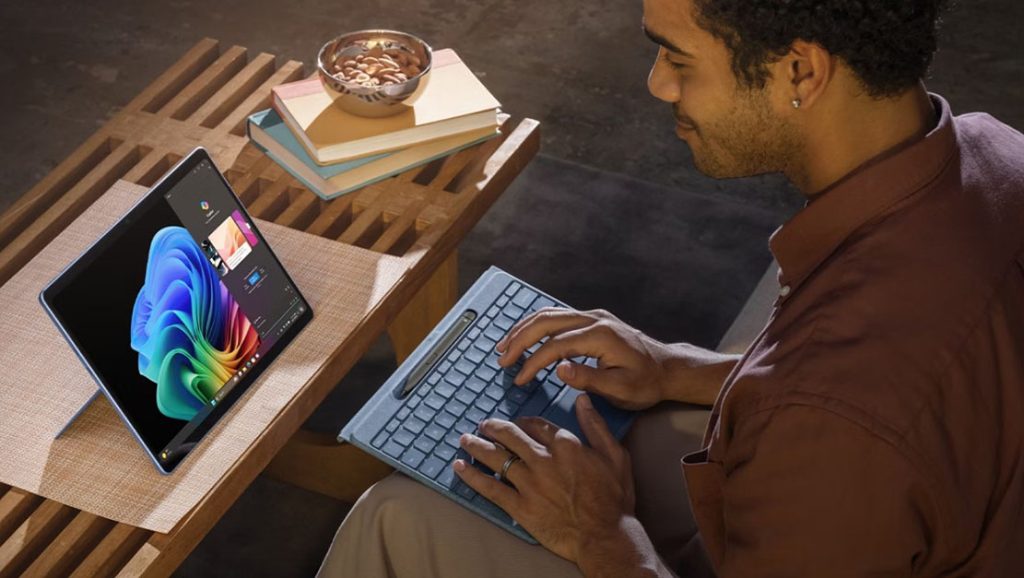
2. Multitasking Capability: Real Productivity or “Fake Split-Screen”?
A true productivity machine needs to handle multitasking, copy-paste operations, and app switching with ease.
iPad Pro:
iPadOS has matured in multitasking with Split View, Slide Over, and Stage Manager, significantly improving efficiency. Safari + Word + Email + Notion run simultaneously with no hiccups. However, true free-form window resizing and drag-and-drop remain limited. Mouse support is also simplified, and you’ll need time to learn some shortcuts.
That said, app responsiveness and UI fluidity are the best among the three.
Galaxy Tab S9+:
Samsung deserves praise for its DeX mode, a PC-like environment accessible when connecting a keyboard. You get a taskbar, resizable windows, and the option to extend to an external monitor. Multiple apps can run smoothly in parallel, creating a true mini-laptop feel.
The downside: some third-party apps don’t play well with DeX—pop-ups may appear off-center, and window scaling isn’t always precise. Still, if you’re used to Android’s ecosystem, DeX is a pleasant surprise.
Surface Pro 9:
As a Windows device, Surface has zero issues with multitasking. Multiple desktops, Alt+Tab, File Explorer, floating windows—you name it. Familiar shortcuts, full file support, and full-featured apps are all there. I ran Photoshop, Chrome (10 tabs), and Word at once with no stability issues.
Surface leads the pack in multitasking, though at the cost of higher heat and power consumption.
3. Keyboard Feel and Typing Comfort: Can You Write for Hours?
Tablet keyboards need to balance portability and typing comfort—a delicate trade-off.
Magic Keyboard:
Uses a scissor-switch mechanism, with medium-sized keys and around 1mm key travel. Typing is virtually lag-free. Its floating magnetic stand is stable and offers adjustable angles. The experience is close to a MacBook.
Drawback: it’s expensive and weighs nearly 700g—about the same as a lightweight laptop.
Book Cover Keyboard Slim:
Despite the “Slim” name, the typing feel is soft with shallow key travel. Great for light typing, but the small touchpad and thin wrist support make long sessions tiring.
Surface Keyboard:
Closest to a real laptop keyboard. Even the standard Type Cover offers solid feedback. It includes backlighting, media keys, volume control, and a full-featured touchpad. Once magnetically snapped in place, it barely wobbles. It easily supported a full day of writing.
4. System Ecosystem and App Support: Can You Use Your Favorite Tools?
iPadOS:
One of the most mature mobile ecosystems. High-quality apps are abundant, and many are optimized for iPad. Drawback: the sandbox model limits file transfers between apps, unlike Windows. But for light office work and content consumption, it’s well-balanced.
Android (One UI):
Highly flexible, supports USB drives, Bluetooth mice, APKs, even Linux containers. However, many Android apps lack large-screen optimization. Some appear awkward in landscape mode or scale incorrectly.
Windows 11:
Has the broadest app support. Photoshop, Premiere, Excel, Power BI, and more—all fully functional without compromise. On the flip side, there are more pop-ups, auto-updates, and background processes. This affects battery life and adds complexity.
5. Portability and Outdoor Usability: Is It Truly Lightweight?
- iPad Pro + Magic Keyboard: ~1.2 kg
- Galaxy Tab S9+ + Keyboard Slim: ~1.1 kg
- Surface Pro 9 + Keyboard: ~1.3 kg
The Galaxy Tab is the lightest, Surface is the bulkiest, but all are within acceptable weight for daily carry. All three fit easily into a standard commuter bag and are much lighter than a 14-inch laptop.
Notably, the iPad Pro offers the most premium look-and-feel when paired with the Magic Keyboard. The Galaxy Tab’s ultra-slim body and built-in S Pen holder make it a great note-taking companion. Surface is a bit heavier, but its larger screen and versatile ports make it excellent for more demanding use.
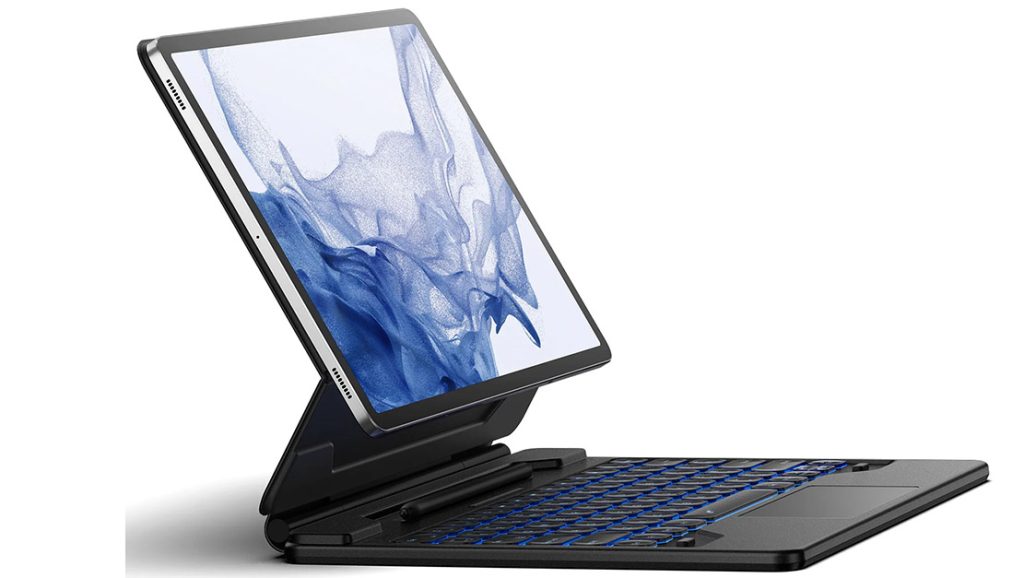
6. Battery Life: Can It Last a Full Day?
After using each tablet for around 7 hours (writing, browsing, video calls), the remaining battery was:
- iPad Pro: ~36% remaining. Supports fast charging and USB-C expansion. Excellent performance.
- Galaxy Tab S9+: ~30% remaining. Consistent battery, no noticeable overheating.
- Surface Pro 9: ~18% remaining. Weaker battery life, noticeable heat buildup.
Battery efficiency ranking: iPad > Samsung > Surface. Surface’s power-hungry hardware comes at a cost.
So, Can a Tablet + Keyboard Truly Replace a Laptop?
iPad Pro is ideal for content creators, mobile professionals, and media users. It handles writing, editing, video clipping, and slide creation with ease. It has the most refined ecosystem and user experience.
Galaxy Tab S9+ is perfect for Android fans who need light productivity. Great for meetings, light writing, and note-taking, with superb value for money.
Surface Pro 9 is the most complete laptop replacement. It supports everything from office work to creative projects, programming, and data analysis. But it’s better suited for those who need full desktop software.
If your needs are mainly email, document editing, and meetings, all three tablets paired with a keyboard can do the job.
They are available through official Amazon stores or authorized retailers, with frequent bundle discounts during major sale events. Choose based on your workflow and habits—the one that fits your style is the one that will truly boost productivity and lighten your load.

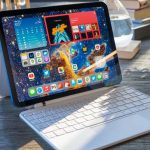

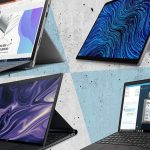
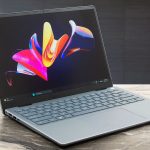
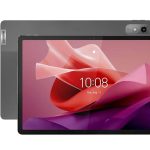
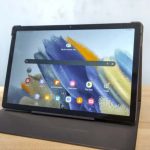
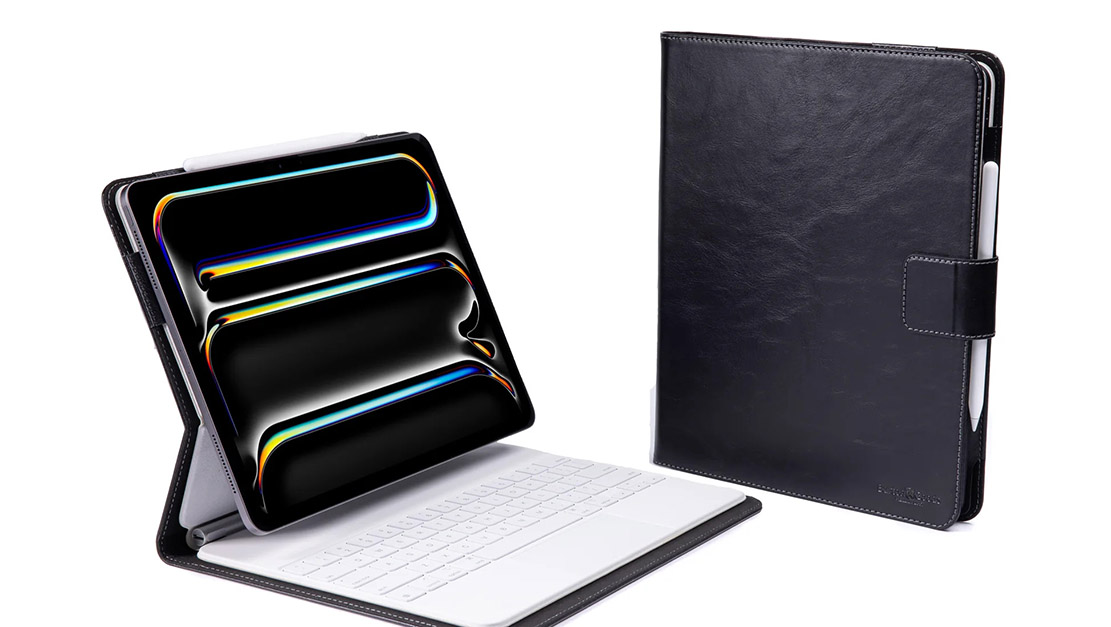
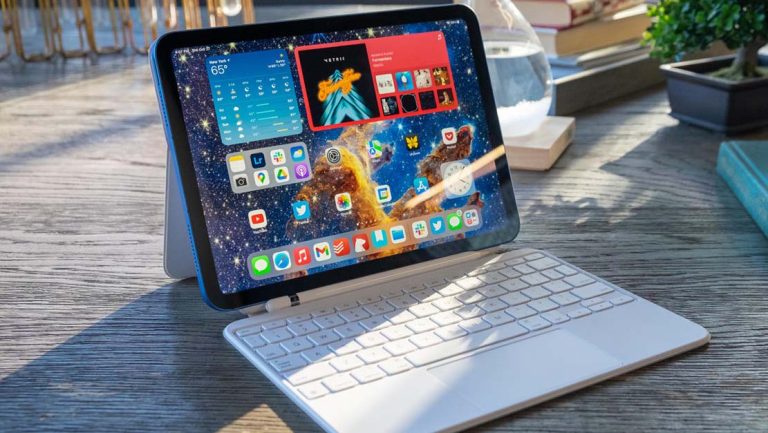
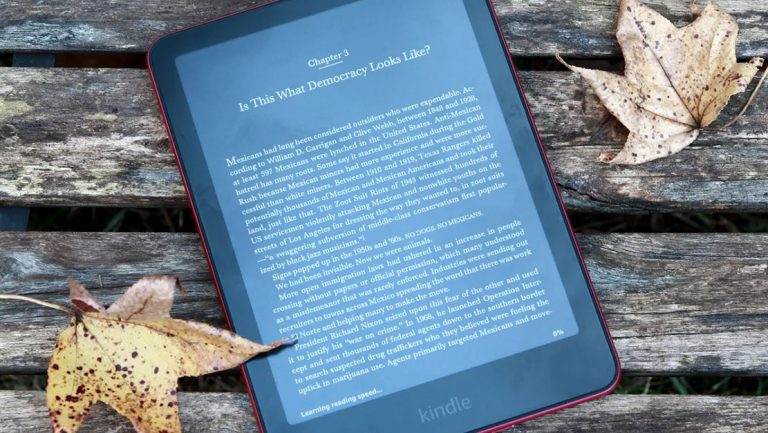
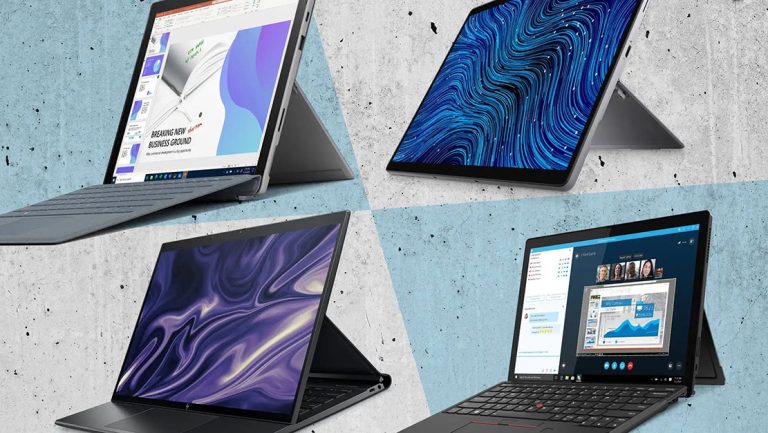


+ There are no comments
Add yours